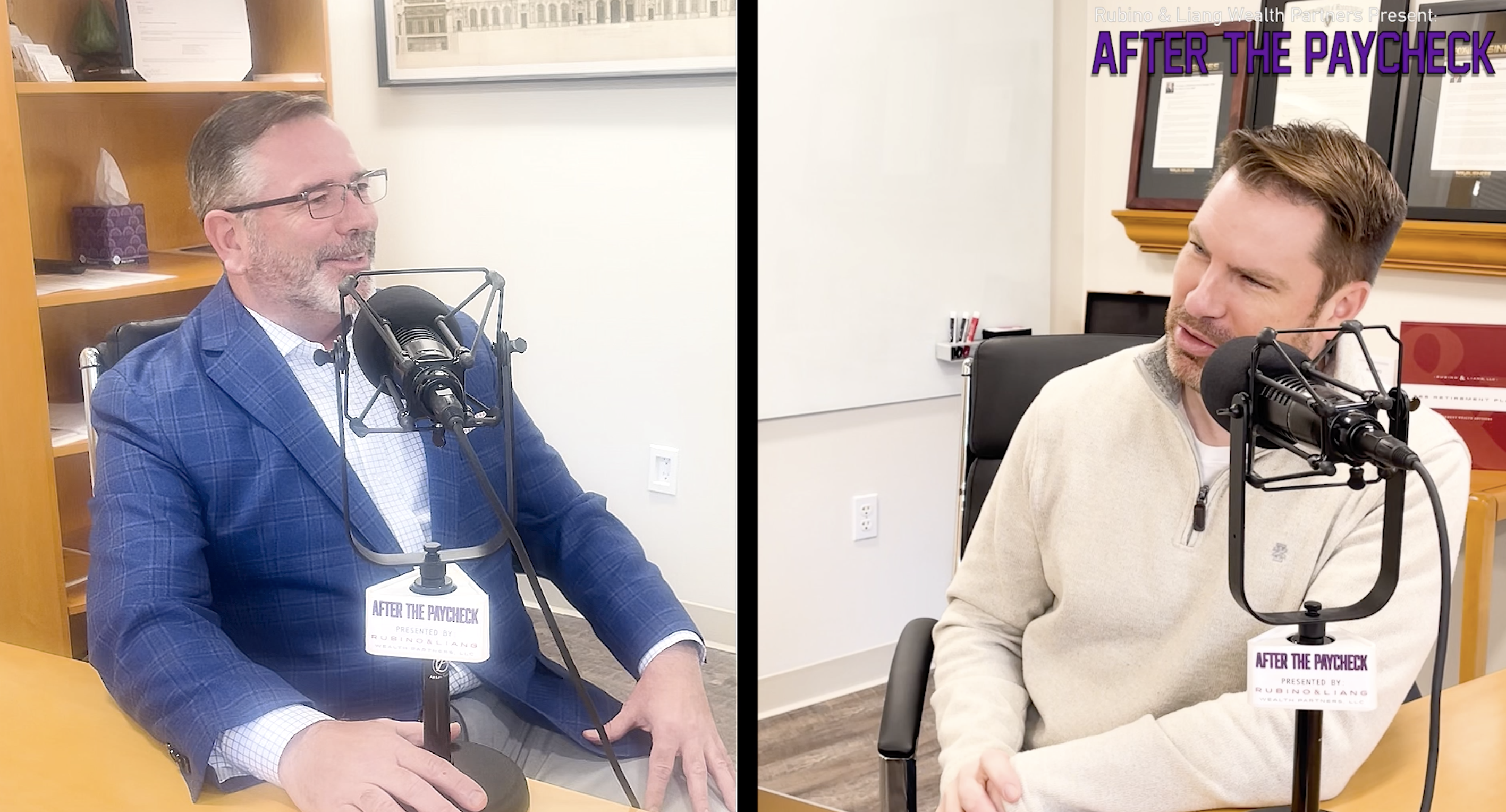The Rise of Lump-Sum Buyouts: Should You Consider One?
Last month (March 2019), the Treasury Department quietly announced it no longer intends to amend...
By: RL Wealth Partners Nov 29, 2023 5:21:32 PM

Properly implemented, an in-service distribution could be a worthwhile money move to consider, allowing you financial flexibility rarely associated with most retirement accounts. But how do you know if this financial strategy is right for you?
In this video, John and Adam discuss what in-service distributions are and why you might want to consider one. Including:
Most 401(k) accounts don't have individual stock positions, and the investment choices offered are often geared toward the average investor and younger employees, which means your investment options are limited.
So, what are your options if you are nearing retirement but have a large amount of money in your company's 401(k)?
If allowed by your company-sponsored 401(k) plan, an in-service distribution can be a valuable move for your retirement plan!
In-service distributions were introduced following the Enron scandal, in an effort to reduce the risk of relying too heavily on a single company's stock within a 401(k).
An in-service distribution allows someone with a company-sponsored 401(k) plan to make withdrawals while they are still employed by that company.
Most 401(k) retirement accounts don’t allow early withdrawals until age 59 ½.
401(k) Limitations
Most 401(k) accounts don't have individual stock positions, which means your investment options are limited.
Target-Date Funds Missing The Mark?
Typically, target-date funds are a common choice for employees in their 401(k) and other retirement accounts. A target-date fund is a set-it-and-forget-it approach to investing, containing a select group of stocks, bonds and mutual funds designed to manage risk while helping you grow your savings based on your retirement timeline. The portfolio automatically rebalances for risk according to your predetermined retirement date.
Employees gain the freedom to explore a wide range of investment options that might not be available within their current retirement plan.
This newfound flexibility can be especially beneficial for those with unique circumstances or specific financial goals.
IRA
While many 401(k)s predominantly offer mutual funds, which may carry hidden costs and fees, an IRA allows individuals to invest in individual stocks, exchange-traded funds (ETFs) with low expense ratios, bonds, and other tax-free growth positions.
Investing becomes more accessible, putting the individual in control of their financial future.
Tax Implications
While emergency withdrawals from a 401(k) are usually allowed, rolling over funds through in-service distribution into an IRA eliminates the ability to take a loan from that IRA.
Risk Tolerance
Many people are not fully aware of their risk tolerance and may base their choices solely on past returns. This is where the expertise of a financial adviser becomes invaluable.
A skilled adviser can help individuals assess their risk tolerance accurately, align their investments accordingly, and ensure their portfolio is adequately diversified.
An in-service distribution allows individuals to diversify their holdings and reduce exposure to the potential failure of any one company.
Many companies now offer this option, and employees should seize the opportunity to diversify their investment holdings.
Conclusion
An In-Service Distribution can be a powerful tool for employees seeking to enhance their retirement savings and optimize their investment portfolio.
By exploring investment options beyond the confines of a 401(k), individuals can make well-informed choices that align with their unique financial circumstances.
Consulting a financial advisor is a wise step towards creating a comprehensive plan and making the most of the opportunities provided by an in-service distribution. Remember, knowledge is key, and seeking out options like an in-service distribution can make a difference in your retirement planning process.
Last month (March 2019), the Treasury Department quietly announced it no longer intends to amend...
When you change employers or enter retirement, you likely have four choices of what to do with your...
If you’ve recently inherited money, you might be feeling a lot of emotions. Losing a loved one is...